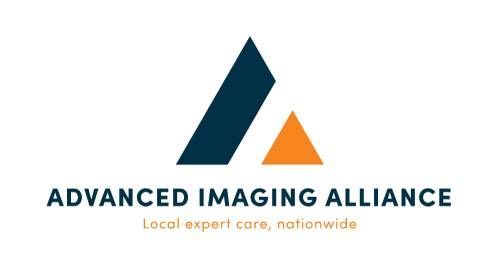Arthrography
What is an Arthrogram?
Also known as an arthrogram, arthrography is a medical imaging procedure. The non-invasive arthrography procedure creates detailed images of joints and is often used when standard x-rays do not show the needed detail or function of a joint. The images created help healthcare professionals identify abnormalities, diagnose conditions, and determine the best course of treatment. Practitioners typically use arthrography to diagnose unexplained, persistent pain or discomfort within the shoulder, wrist, hip, knee, or ankle.
An arthrogram is especially effective when it comes to detecting diseases of the ligaments that connect to bones to create joints, tendons that connect muscles to bones to move the joints, and cartilage that covers and protects the ends of bones.
What to Expect in an Arthrography
How to Prepare for Arthrography
Do not take any aspirin, ibuprofen, or other blood-thinning medications for five days before your procedure. You do not need to restrict your diet or fluid intake. Be sure to tell your radiology team if you have any allergies or if you experience claustrophobia.
You will be asked to change into a hospital gown for the imaging procedure.
Arthrography Procedure
Arthrography is a two-part procedure. The first part involves the injection of a special dye, known as contrast, which makes it easier to see tiny structures.
In the second step of the arthrography procedure, the patient undergoes an x-ray, CT (computed tomography), or an MRI (magnetic resonance imaging) to create images of the joint. The imaging test used depends largely on your medical history, the specific issue you are experiencing, and how your doctor orders the exam. A radiologist then reviews and interprets the images.
During the arthrography, you will lie on a padded table. A member of the radiology team will clean the skin around the affected joint with an antiseptic solution and then drape a cloth over the testing area, exposing only the affected joint. Next, they will numb the skin around the joint before injecting the contrast material. Finally, they will take pictures of the joint, then they will move the joint to different positions to get a complete view of it from several angles.
You should be able to return to your daily routine following arthrography.
Where Can I Get an Arthrography Near Me?
Contact Naugatuck Valley Radiology for more information on arthrography procedures. Our team provides three outpatient imaging centers located in Waterbury, Southbury, and Prospect Connecticut for your convenience.


LOCATIONS
Prospect
166 Waterbury Road, Suite 105
Waterbury
1389 West Main Street, Tower 1, Suite 107
Southbury
385 Main Street, South Union Square, Building 2
© Naugatuck Valley Radiological Associates NVRA). All Rights Reserved.



